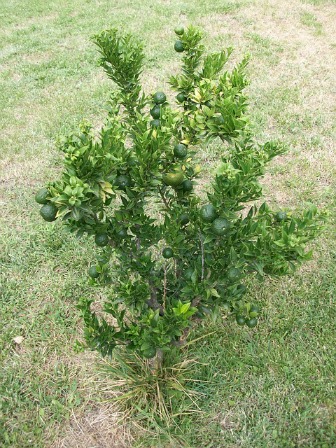Plant movements do exist.
Although unlike animals, plants are incapable of locomotion in that they are unable to move from one place to another, or perform some feat like shaking hands as humans do, they are still capable of some form of movement.
Plant organs move toward scarce resources or otherwise secure food or use movement as an adaptation to escape or minimize injury from harmful external factors or ensure development.
Thus, for example, the primary root moves downward where it can obtain water and mineral nutrients from deep down while the shoot moves upward to be exposed to light from the sun.

